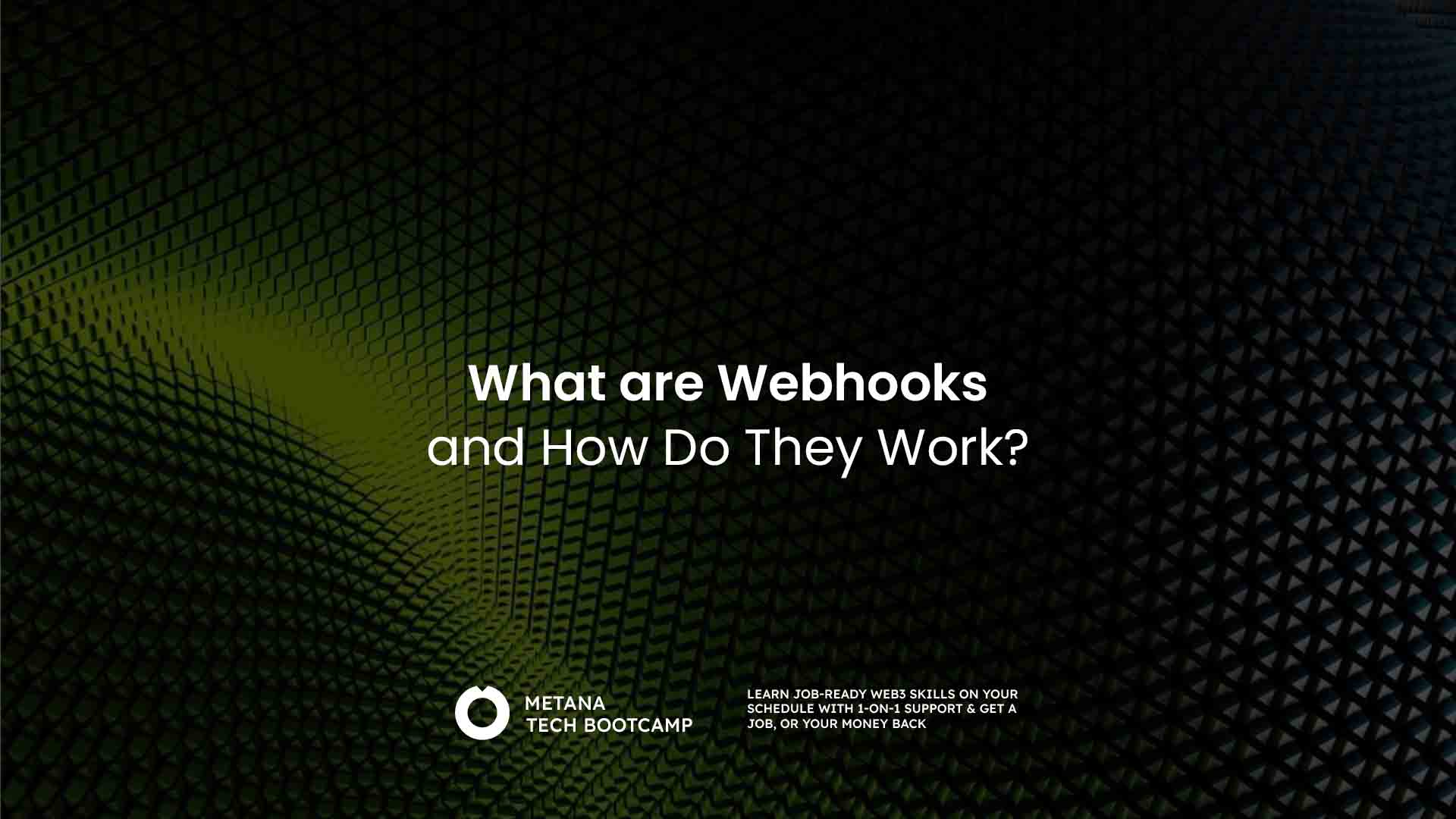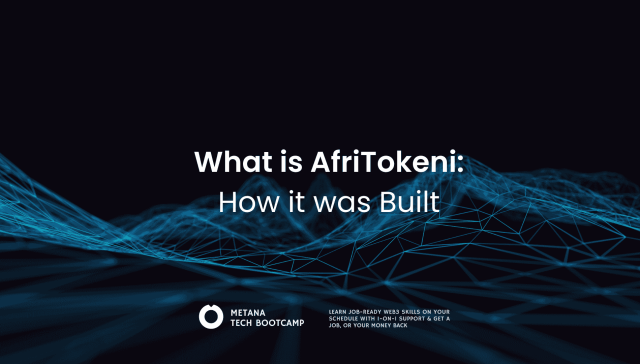In the world of software development and API integration, webhooks play a pivotal role. As more businesses rely on automated workflows and cloud-based applications, webhooks have emerged as a crucial tool to ensure real-time data communication between systems. In this comprehensive guide, we’ll explore everything you need to know about webhooks: what they are, how they work, their benefits, use cases, and why they are essential for seamless application integration.
What is a Webhook?
A webhook is an automated message sent from one application to another. It’s a way for applications to communicate with each other in real-time without constant polling. Unlike traditional APIs that require clients to send requests to a server to receive data, webhooks enable servers to send data to clients automatically when certain events occur. This real-time communication is one of the main advantages of using webhooks.
The term “webhook” is a combination of “web” and “hook,” where “hook” refers to catching or hooking into an event. Essentially, webhooks allow applications to stay informed about events happening in other systems without needing to check for updates manually.

How Webhooks Work
At the core, a webhook works through a simple mechanism: when a specified event happens in one system, a message (usually in the form of an HTTP POST request) is sent to a predefined URL in another system. This URL is often called the “webhook endpoint.”
Let’s break down the process:
- Event Occurs: A specific event happens in an application (e.g., a new purchase, a form submission, or a payment).
- Webhook is Triggered: Once the event occurs, the application recognizes the need to send data to a designated endpoint.
- Data Sent: The application packages the data related to the event (often in JSON format) and sends it as an HTTP request to the webhook URL.
- Receiving Application Processes the Data: The receiving system (where the webhook endpoint is hosted) receives the data and processes it, triggering further actions such as updating a database, sending a notification, or performing an additional API call.
Key Benefits of Using Webhooks
- Real-Time Data Transfer: Unlike traditional polling mechanisms where applications must constantly check for updates, webhooks push data automatically as soon as an event occurs. This eliminates delays and ensures real-time communication between systems.
- Improved Efficiency: Webhooks are efficient because they reduce the need for excessive API requests. Instead of continuously polling an API to check if new data is available, webhooks send data only when relevant events occur. This conserves bandwidth and reduces server load.
- Automation and Simplification: Webhooks can automate processes across different systems. For instance, when a customer completes a purchase on an eCommerce platform, a webhook can be triggered to update the inventory system, send an order confirmation email, and notify the shipping department, all without manual intervention.
- Cost-Effective: Since webhooks reduce the need for frequent API calls, they can help cut costs related to server usage, especially in high-traffic applications that need to communicate data across multiple systems.
Common Use Cases for Webhooks
- eCommerce Platforms: In online shopping, webhooks can be used to send notifications about new orders, payments, or shipping updates to third-party systems such as payment gateways, inventory management tools, or customer relationship management (CRM) platforms.
- Payment Processing: Payment gateways often use webhooks to notify merchants when transactions are completed, refunded, or canceled. This allows merchants to automatically update their systems without waiting for manual checks.
- CRM Integrations: When new customer data is added to a system, a webhook can be triggered to automatically update CRM tools, ensuring that sales and marketing teams always have the most up-to-date information.
- Marketing and Email Campaigns: Webhooks can be used to notify email marketing and cold outreach systems when users subscribe or unsubscribe to a list, ensuring that campaigns target the right audience.
- Social Media and Messaging Apps: Many social media platforms use webhooks to notify third-party applications about actions like new messages, posts, or mentions. This allows developers to automate responses or analyze user engagement in real-time.
- DevOps and Monitoring: In DevOps, webhooks are often used to trigger automated actions in response to code deployments, system failures, or monitoring alerts. This ensures that teams can respond to issues as soon as they arise, reducing downtime and improving system reliability.
Setting Up Webhooks
Setting up a webhook is relatively simple, but it does require some technical knowledge. Here’s a basic overview of the process:
- Choose an Application That Supports Webhooks: Many popular platforms such as GitHub, Stripe, Shopify, and Slack offer built-in webhook support.
- Create a Webhook Endpoint: This is a URL on your server that will receive and process incoming webhook requests. It’s usually a route or controller within your web application.
- Configure the Webhook in the Application: Within the source application (e.g., Stripe or Shopify), you need to configure the webhook by providing the endpoint URL and specifying which events should trigger the webhook.
- Test the Webhook: Once configured, it’s important to test the webhook to ensure it works as expected. Many platforms provide tools for simulating webhook events, allowing you to see how your system responds.
- Handle Webhook Data: Your webhook endpoint will need to handle incoming requests and process the data accordingly. This might involve saving the data to a database, triggering other processes, or sending notifications.
Security Considerations for Webhooks
Security is a critical concern when implementing webhooks. Since webhooks rely on the exchange of data between systems, they can be vulnerable to attacks if not properly secured.
Here are some best practices for securing webhooks:
- Use HTTPS: Always ensure that your webhook endpoint is secured with HTTPS to encrypt the data transmitted between the systems.
- Validate Payloads: Many platforms include a signature in the webhook payload, allowing you to validate that the data is coming from a trusted source. Make sure to validate this signature before processing the data.
- IP Whitelisting: Limit incoming webhook requests to only trusted IP addresses, ensuring that your system only accepts requests from authorized sources.
- Limit Scope of Webhook Events: Only configure webhooks for events that are absolutely necessary. This reduces the amount of data transmitted and minimizes security risks.
Best Practices for Webhook Implementation
To learn and ensure optimal performance and reliability, follow these best practices when implementing webhooks:
- Return a Quick Response: Webhook endpoints should return a quick HTTP response (typically 200 OK) to acknowledge receipt of the data. This prevents the sending system from resending the same event multiple times.
- Use Retry Logic: If a webhook request fails, the sending system may attempt to resend the data. Implement retry logic to ensure that your system can handle duplicate requests appropriately.
- Monitor Webhook Activity: Keep an eye on webhook activity to identify any unusual patterns, such as an increase in failed requests. Monitoring tools can help detect issues and ensure that your webhooks are functioning correctly.
- Log Webhook Requests: Logging incoming webhook requests is useful for debugging and auditing purposes. If something goes wrong, you can review the logs to understand what data was sent and how your system responded.
Webhooks vs. APIs: What’s the Difference?
While both webhooks and APIs are used for communication between systems, there are key differences:
- Data Flow: APIs rely on polling—clients request data from servers, while webhooks push data automatically when events occur.
- Efficiency: Webhooks are more efficient because they eliminate the need for continuous polling, reducing unnecessary server load and network traffic.
- Use Case: APIs are best for scenarios where clients need to request specific data or perform actions, while webhooks are ideal for event-driven systems that require real-time data updates.
Popular Webhook Providers and Services
Several popular platforms and services provide webhook functionality. Here are a few notable examples:
- Stripe: Stripe uses webhooks to notify merchants about payment events such as successful charges, refunds, and disputes.
- GitHub: Webhooks on GitHub allow developers to trigger events in external applications whenever code is pushed, issues are created, or pull requests are submitted.
- Zapier: Zapier offers webhook integration, allowing users to automate workflows by triggering actions between thousands of apps.
- Shopify: Shopify uses webhooks to send real-time updates to third-party systems about order processing, customer data, and inventory changes.
FAQs
What is a webhook endpoint?
- A webhook endpoint is a URL on your server that is set up to receive and process incoming HTTP POST requests from an external system when certain events occur.
How secure are webhooks?
- Webhooks can be secure if best practices are followed, such as using HTTPS, validating payloads, and limiting the scope of events. Additionally, many platforms offer built-in security measures like signing payloads.
What are the differences between webhooks and APIs?
- Webhooks are used for event-driven communication, where data is pushed from one system to another when certain events happen. APIs typically involve polling, where a client makes requests to a server to retrieve or send data.
Can webhooks handle large amounts of data?
- While webhooks can handle data efficiently, they may not be the best solution for transferring very large files or high volumes of data in a single request. In such cases, APIs with proper pagination or chunking mechanisms may be more appropriate.
What happens if a webhook fails?
- If a webhook request fails (due to network issues, server downtime, etc.), many systems have retry mechanisms in place to resend the webhook until it is successfully received and acknowledged.








